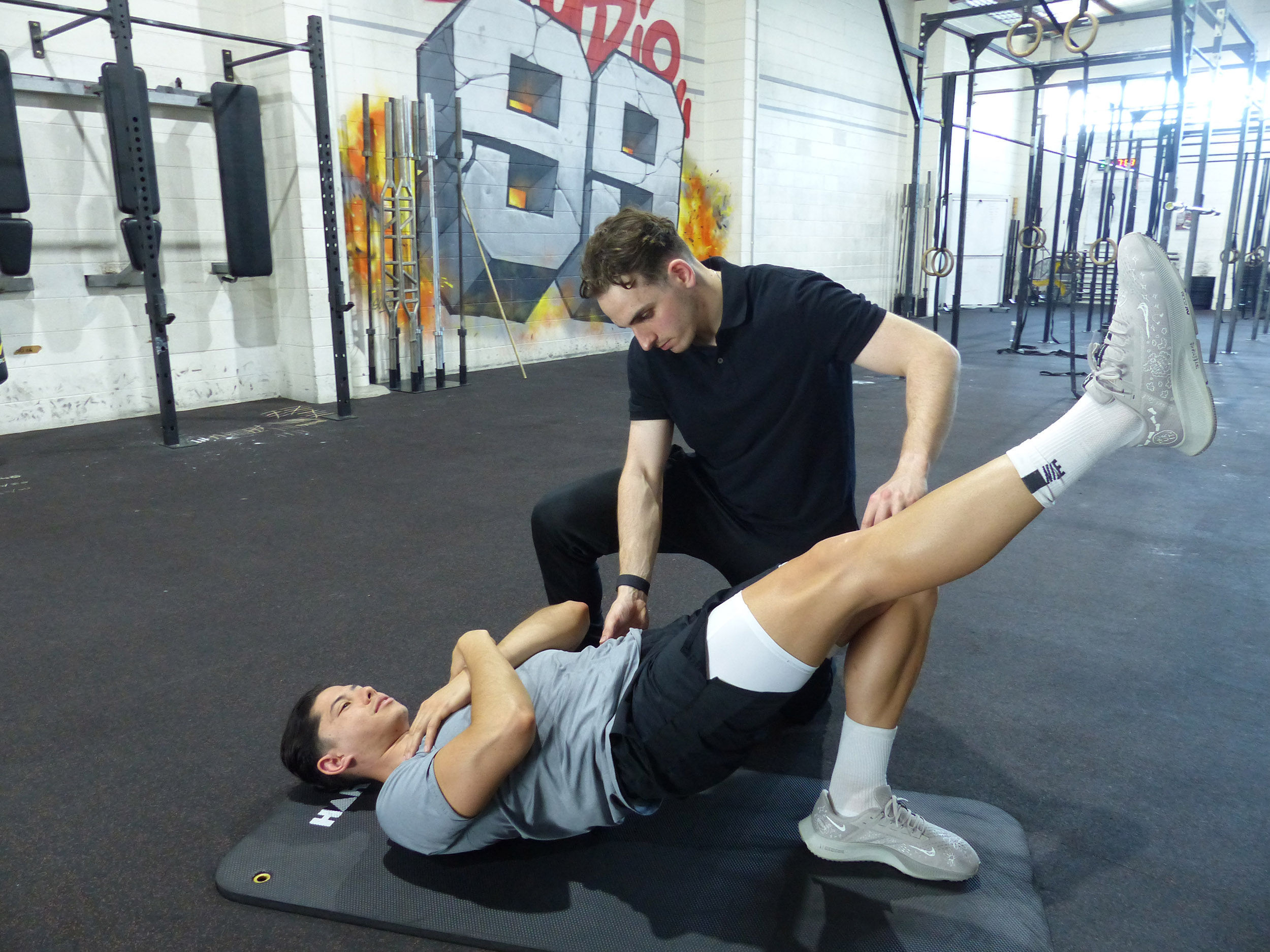
Rehabilitation is not just about healing; it’s about restoring movement, strength, and function. While traditional physiotherapy treatments like manual therapy and electrotherapy are foundational in recovery, the addition of a physio gym therapy is rapidly becoming an essential component of modern physiotherapy practices. A physio gym is a specialized space designed to facilitate recovery through targeted exercises, strength training, and mobility work. It combines the science of physiotherapy with the proven benefits of exercise, offering a multifaceted approach to healing that accelerates recovery and enhances overall physical well-being.So, why is a physio gym such a vital tool in physiotherapy? Let’s dive into the numerous benefits it offers in maximizing recovery, from improving strength and flexibility to preventing future injuries and boosting overall health.
What is a Physio Gym?
A physio gym is a rehabilitation space equipped with specialized equipment designed to support the physical recovery process. Unlike a traditional gym, which is geared toward general fitness, a physio gym is specifically tailored for patients undergoing rehabilitation or those with chronic conditions, injuries, or post-surgery needs. It combines therapeutic exercises with modern gym equipment to help patients rebuild strength, improve mobility, and restore function in a controlled, safe environment.In a physio gym, physiotherapists work closely with patients to develop customized exercise programs based on their unique recovery goals. These exercises can include strength training, stretching, balance training, aerobic conditioning, and mobility exercises, all of which are carefully monitored to ensure the patient’s safety and progress.
Key Benefits of a Physio Gym in Physiotherapy
One of the primary benefits of a physio gym is its ability to help rebuild muscle strength and endurance. After an injury, surgery, or a period of immobility, muscles often become weak and deconditioned. Strengthening exercises in a physio gym—such as resistance training, weight machines, or free weights—are essential for reactivating and rebuilding these muscles. By using progressive resistance and targeted exercises, patients can regain muscle strength, which is critical for overall mobility, balance, and function.The controlled environment of a physio gym ensures that exercises are tailored to the patient’s individual level of recovery, allowing for gradual progression without overexertion. This targeted approach helps prevent re-injury and facilitates faster recovery.
Improved Flexibility and Joint Mobility
In addition to strengthening exercises, a physio gym provides patients with the tools to improve their flexibility and range of motion. Injuries or surgeries often result in stiffness, tightness, and limited movement in joints and muscles. Stretching, yoga-inspired exercises, and mobility work can help restore flexibility and improve the joint’s ability to move smoothly and pain-free.With equipment such as foam rollers, stretching mats, and resistance bands, physiotherapists can guide patients through a variety of stretching techniques that target specific areas of the body. This not only aids in recovery but also helps patients avoid future injuries by keeping muscles and joints flexible and well-conditioned.
Faster Recovery with Tailored Programs
The beauty of a physio gym is that exercise programs are personalized to meet the needs and goals of each individual. Unlike generic gym routines, physiotherapists design exercise plans based on the patient’s current condition, physical capabilities, and recovery goals. For example, a patient recovering from knee surgery may start with low-impact exercises like cycling or resistance band training before progressing to weight-bearing exercises or functional movements that simulate everyday activities.This tailored approach ensures that exercises are not only effective but also safe, reducing the risk of overexertion or exacerbating the injury. By carefully monitoring the patient’s progress and adjusting the intensity of exercises over time, the physiotherapist can maximize recovery and minimize the likelihood of setbacks.
Increased Motivation and Accountability
Recovery can often feel like a long and difficult journey, and maintaining motivation can be challenging for many patients. The structured environment of a physio gym helps keep patients on track by providing regular sessions with a physiotherapist, along with the added benefit of progress tracking. Having access to specialized equipment, alongside the guidance and encouragement of a professional, helps patients stay motivated and focused on their recovery goals.Additionally, the sense of accomplishment patients feel as they increase their strength, mobility, and independence can help boost their confidence and motivation. The progress they make in the gym becomes a tangible indicator of their healing process, which fosters a sense of empowerment and positive reinforcement.
Pain Management and Functional Restoration
One of the most significant obstacles in recovery is managing pain. While physiotherapy interventions like manual therapy and electrotherapy are key components in pain relief, exercise in a physio gym can play a vital role as well. Strengthening muscles around a painful area, improving posture, and enhancing mobility can alleviate pressure on joints, muscles, and nerves, ultimately reducing pain and discomfort.Moreover, the functional exercises done in the gym, such as squats, step-ups, or balance training, aim to restore the ability to perform daily activities with ease. These exercises not only address pain but also help patients regain their independence and return to work, sports, or other activities they enjoy.
Conclusion
A physio gym is an invaluable resource for maximizing recovery in physiotherapy. By offering a controlled environment with specialized equipment, physiotherapists can guide patients through personalized, targeted exercise programs that promote strength, flexibility, mobility, and functional recovery. The benefits of a physio gym extend beyond the physical to include enhanced motivation, better mental health, and long-term injury prevention.




Leave a Reply